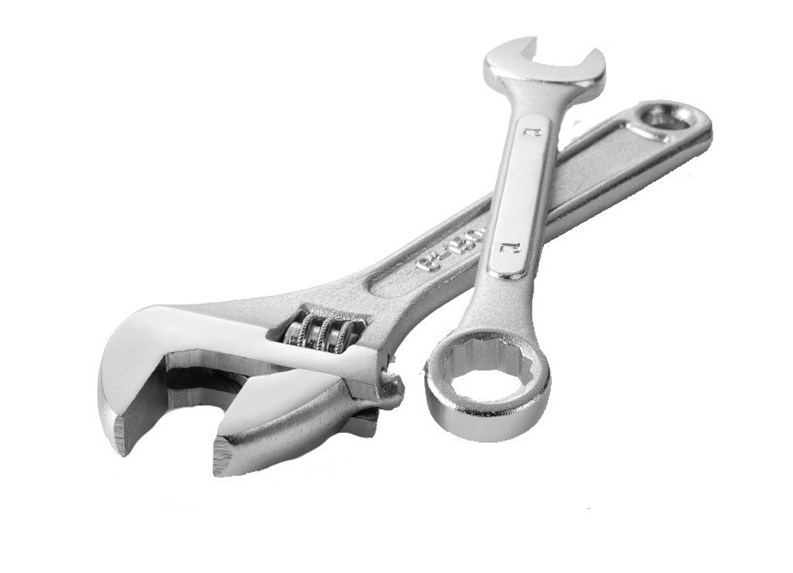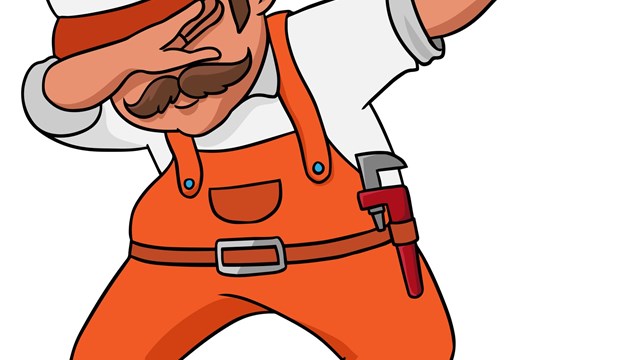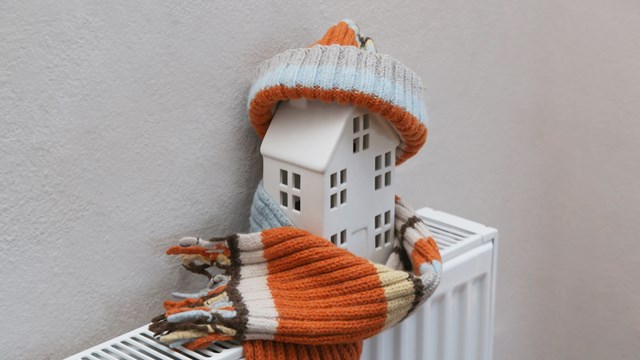The golden years are a time to enjoy life, relax, and have a worry-free retirement. During our working years we plan for this time, save money and make investments for the future. But, naturally over time, the cost of living increases, unexpected financialcircumstances arise and many find themselves without sufficient funds to maintain a pre-retirement standard of living.
As seniors begin to address these issues it’s important to remember the help one’s most significant asset — your home — can lend. Reverse mortgages are a great resource that offer homeowners, age 62 years or older, the opportunity to tap into the equity in their home to satisfy financial needs.
Reverse mortgages have been around in one form or another since the early 1960s. They remained in total obscurity until 1990 when the U.S. Department of Housing and Urban Development (HUD) created the federally-insured Home Equity Conversion Mortgage (HECM). Reverse mortgages were then backed 100% by the federal government.
In essence, a reverse mortgage is a loan that enables senior homeowners to convert part of the equity in their homes into income. The reverse mortgage is a non-recourse loan, which means that the total loan amount taken will never exceed the current market value of the home at the time the loan becomes due. Loan proceedsavailable to the borrower are based on three factors: age, appraised value of the home and loan rate.
There are two principal choices for a reverse mortgage. There is the Home Equity Conversion Mortgage (HECM), which is the HUD-approved and insured reverse mortgage. The other is a proprietary reverse mortgage, which is a loan issued by a commercial lender who is not obligated to follow HUD guidelines.
All HECMs have the same interest options. The loans are all adjustable rate mortgages(ARMs) and can be adjusted annually or monthly; the choice is the borrower’s. The HECM rates are based on the T-Bill (U.S. Treasury bills) interest rate plus margin.
Some of the basics of the HECM reverse mortgage:
• All borrowers must be homeowners, age 62 years or older.
• A home must be a single family, or a two- to four-unit property that is owner-occupied. Townhouses, detached homes, units in condominiumsand some manufactured homes are acceptable. Condominiums must be FHA-approved.
• Monthly mortgage payments are eliminated.
• Borrowers always retain ownership and title remains in their name.
• Funds can be used for anything and payouts from this mortgage are tax free.
• No repayment is made until the home is sold, the owner permanentlymoves out or passes away.
• No income, asset, employment or credit qualifications are required.
Normal closing costs apply, such as appraisal, recording fees, attorney fees, and bank fees similar to a conventional forward loan. There is a one-time mortgage insurance premium that is 2% of the appraised value (not to exceed the current lending limit of $362,790 in Massachusetts) and a 2% processing fee charged by the bank on the appraised values. Depending on the value of the property, closing costs can be $10,000 up to $16,000 in the Massachusetts area.
A Growing Trend
The HECM product accounts for over 90% of all reverse mortgages. In fact, HECM originations have gone from 43,131 in 2005 to 107,558 in 2007 marking a 40% increase in just three years! However, for many years reverse mortgages have been considered an unfavorable alternative for senior homeowners. Common misconceptions include the potential loss of the home and excessive costs. The surging popularity of reverse mortgages can be attributed to greater media coverage and wider marketing efforts, boosting consumer awareness and comfort with the product. Skyrocketing healthcare costs, surging oil prices and diminished returns oninvestments are propelling more seniors to obtain reverse mortgages.
So, what are seniors doing with the money acquired from reverse mortgages? In the case of condominium owners, it’s a couple different things: keeping up with basic living needs, including the monthly condo fee, taxes or travel, either for personalvacation or to visit family. Also, seniors getting closer to their 80s usually have some home health care needs, which the reverse mortgage can help to fund. For example, a 75-year-old homeowner living in a property worth just $100,000 could receive enough funds to pay a family caregiver $500 a month for 12 years, or enough to pay $1,200 a month for adult day care services for almost five years.
More than a Roof Over Your Head
Today, over 34 million Americans are over the age of 65. By 2030 20% of all Americans will be over the age 65. Studies conducted by the American Association of Retired Persons (AARP) show the overwhelming majority of seniors wish to remain in their homes as long as possible. The bottom line is that we have more and more seniors every day that are increasinglyhealthy, own their own home and want to stay put!
Our senior population lived through either WWII or Korea, were taught to buy a house and pay off the debt—and many did! The problem resides in the fact that most of them are trying to live out their lives on social security and maybe some small pension and it’s just not enough. As far as the option of selling and moving is concerned, there are both financial and emotional aspects to consider. Most seniors consider their home to be much more thanan economic asset, having lived there for 20 to 40 years. There is a comfort level that is difficult to quantify. Whether it’s that comfort level, a sense of community, or the numerous memories, many seniors do not want to move.
Overall, reverse mortgages offer an ideal way for the senior to stay in their home and maintain the independence they cherish. It is a way to unlock the home equity in the senior’s primary residence, providing financial security, independence and a higher qualityof life during the golden years.







Leave a Comment